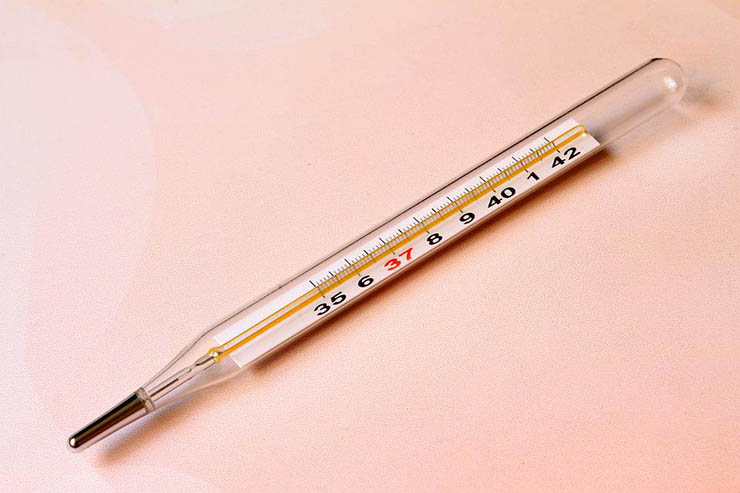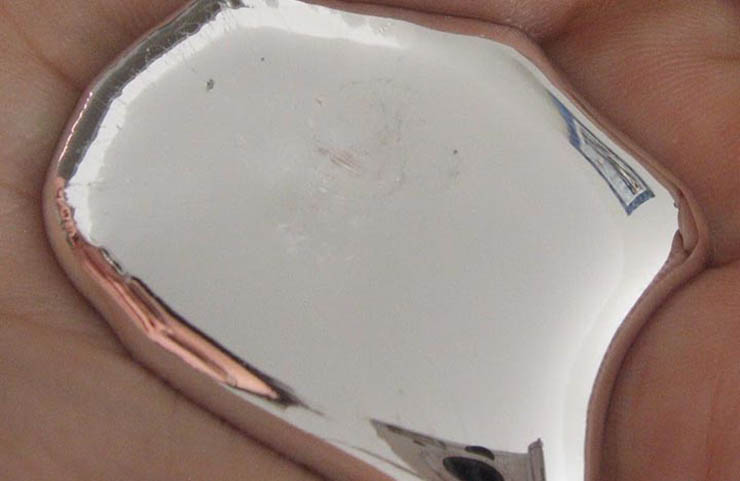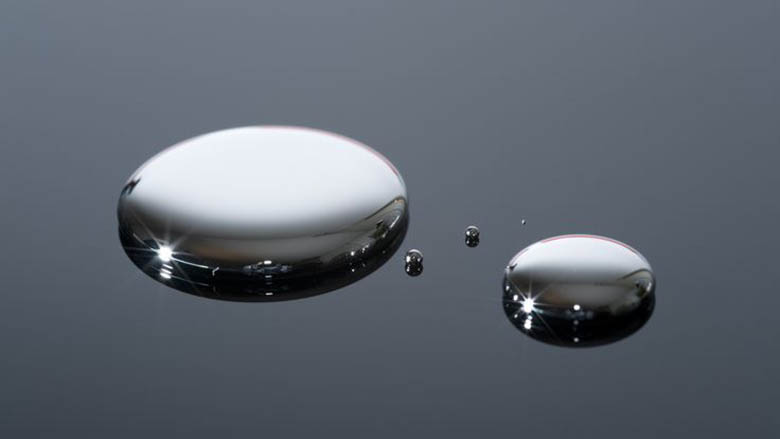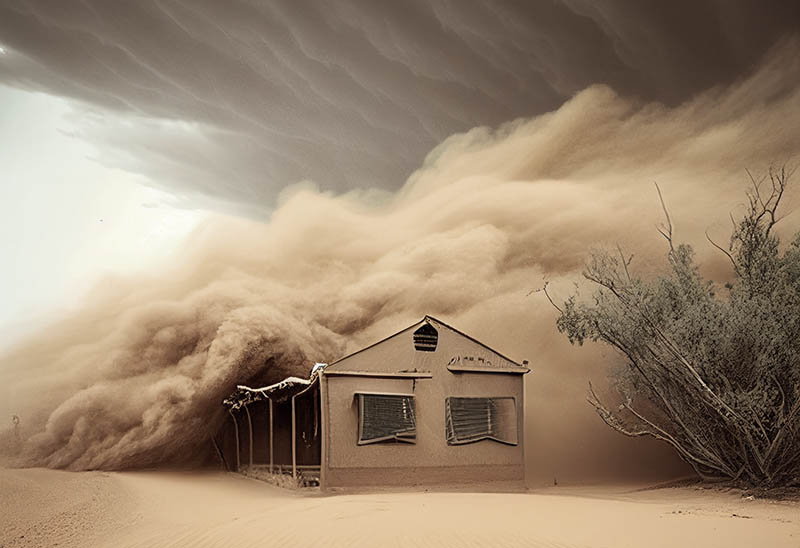What interesting facts can be told about the element mercury? We all know this, but some people don’t know that this chemical element is very harmful to health. However, the industry cannot do without it.
Hard to find
Mercury is quite poorly spread in the Earth’s crust. Only 83 mg of this metal account for 1 ton of soil and rocks, give or take. It’s super rare in a pure condition, 99.98% of it is found in dispersed form in rocks, and only 0.02% falls on its pure deposits. There are 20 different minerals rich in mercury element, the most common of which (more than 86.2% of production) is cinnabar. Almost half the total production of mercury in the world comes from Spain and Italy.
Mercury element freezing point
Mercury element freezes and hardens at a temperature of -37,89 °F (-38.83 °C). Scientists found this fact out accidentally in the middle of the XVIII century when thermometers got frozen once on a particularly cold winter night. This helped them to prove that mercury is metal, but it’s liquid at room temperature.
Super liquid
The element mercury is more fluid than water, that’s why it’s also called quicksilver. One of its old Latin names is argentumvivum, which means “living silver” in translation. Indeed, it looks like liquid silver but spilled mercury runs faster than water. Also, it’s so slippery that it will fall out of your skin if you try to hold it.

An important fact about the mercury element
Paints for sea and river vessels containing this metal were popular in the recent past. The fact is that marine microorganisms can eventually grow on the underwater part of the vessel and thereby damaging the hull. The presence of mercury compounds in the paint greatly slows down these processes. Fortunately, humankind doesn’t use this element for this purpose anymore, as it harms the environment.
Unique metal
Mercury is the only metal that is liquid at standard temperature and pressure. The only other liquid element under standard conditions is bromine (halogen), although the metals rubidium, cesium, and gallium melt at a temperature slightly above room temperature. Mercury has a very high surface tension, so it forms rounded balls of liquid.
Cool fact about the mercury element
In the past, mankind has learned to process various ores, extracting gold and other metals from them using mercury. Ancient scientists invented this process around the 10th century BC, but people lost it after the fall of Ancient Greece and Ancient Rome. Other scientists rediscovered it in the XVI century, ~2500 years later.
Toxic fact
People have long known about the toxicity of mercury element, but only in the XX century, they’ve found out that its vapors are dangerous more than the metal itself. Inhalation of mercury vapor can have harmful effects on the nervous, digestive, and immune systems, lungs, and kidneys. It can even lead to death! Inorganic mercury salts cause corrosion of the skin, eyes, and gastrointestinal tract, and can cause toxic effects on the kidneys when ingested.

Fun fact about mercury element
Do you know why Lewis Carroll created a Mad Hatter character in “Alice in Wonderland”? Why hatter precisely, huh? Because medieval hatters used various mercury compounds to make felt not knowing that they were poisonous. Mercury accumulates in the organism over time, and the symptom of such poisoning most noticeable for others is progressive dementia. This is how the expression “Mad hatter’s disease” occurred. The Mad Hatter of “Alice in Wonderland” is a reference to this disease.
Super dense
The mercury element is really super dense. It’s so dense that even a block of lead can float in it! It also has a very high specific gravity, which means it is many times heavier than an equal volume of water.
Usage
Mercury is still widely used in a wide variety of industries. However, its popularity declines continuously, mainly due to more and more new restrictions. It is used in neon signs for advertising, in mining, and in a host of scientific and medical instruments, such as thermometers, barometers, hygrometers, hydrometers, etc.




